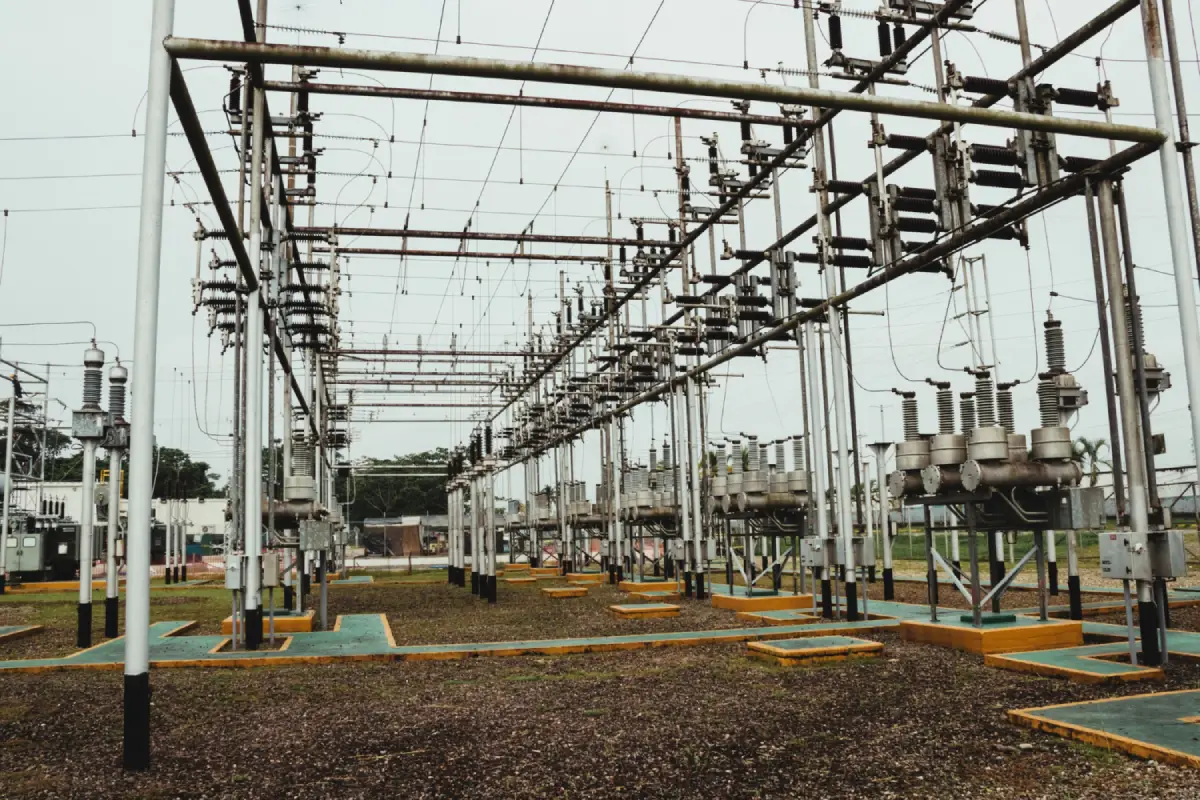WILMINGTON, DE, UNITED STATES, January 28, 2025 /ennovaterz/ — According to a new report published by Allied Market Research, the voltage transformer market size was valued at $22.4 billion in 2022, and is estimated to reach $42.1 billion by 2032, growing at a CAGR of 6.6% from 2023 to 2032. Voltage transformer industry play a crucial role in the efficient and safe distribution of electrical energy. These units are essential aspects in power systems, facilitating the transformation of voltage levels for various applications. Voltage transformers consist of principal and secondary windings. The essential winding is related to the high-voltage source, whilst the secondary winding is related to the measuring or safety instruments.
Asia-Pacific has witnessed rapid financial growth and urbanization, leading to a considerable extend in electricity demand. The Asia-Pacific region has been actively adopting renewable electricity sources to meet sustainability desires and minimize dependence on fossil fuels.
Several international locations in Asia-Pacific are investing in smart grid technologies to enhance the efficiency and reliability of their electrical grids. Voltage transformers play a key role in clever grids by using enabling real-time monitoring, control, and optimization of electricity distribution.
The major players operating in the global voltage transformer industry statistics encompass ABB Group, Custom Coils, General Electric (GE), Glen Magnetics Inc, HD Hyundai Electric, MPS Industries, Inc., Pacific Transformer Corporation, PICO Electronics, Inc., Schneider Electric, and Siemens AG. The growing global demand for electrical strength has led to the expansion and modernization of power grids. Voltage transformers are fundamental components in these developments, ensuring efficient electricity distribution and utilization.
Voltage transformer market analysis correct dimension of electrical parameters via stepping down excessive voltages to ranges compatible with measuring instruments. This is critical for monitoring and controlling power systems.
The rise of decentralized electricity systems, together with microgrids and distributed electricity resources, has led to a paradigm shift in voltage transformer market opportunities. These transformers need to adapt to bidirectional strength flows, intermittent renewable sources, and dynamic load profiles.
Voltage transformers include part computing capabilities, enabling on-site processing of data. This facilitates quicker decision-making, reduces the burden on central manage systems, and enhances the overall resilience of power grids.
The integration of renewable power sources, such as solar and wind, into the energy grid requires superior monitoring and control systems. Voltage transformers play a integral position in these systems by offering accurate voltage measurements for grid stability. The developments in voltage transformer technology, consisting of the use of digital instrumentation and verbal exchange capabilities, enhance their overall performance and functionality. These technological improvements make a contribution to the growing adoption of voltage transformers in modern-day strength systems.
Voltage transformers are integrating adaptive computing device learning algorithms, allowing them to regulate to shifting grid dynamics, recognize voltage conduct patterns, and enhance their overall performance over time. This advancement contributes to the development of a self-learning and evolving power system. Voltage transformer market opportunities design is evolving in response to the growing emphasis on greener energy solutions.
Manufacturers are prioritizing environmentally friendly materials, adopting energy-efficient manufacturing processes, and focusing on recyclability. These changes align with the worldwide dedication to sustainable electricity practices.
The Internet of Things (IoT) is revolutionizing voltage transformer maintenance. Sensors embedded inside transformers collect real-time data on temperature, humidity, and different imperative parameters. This information is then analyzed using predictive algorithms, allowing proactive maintenance and lowering downtime.














